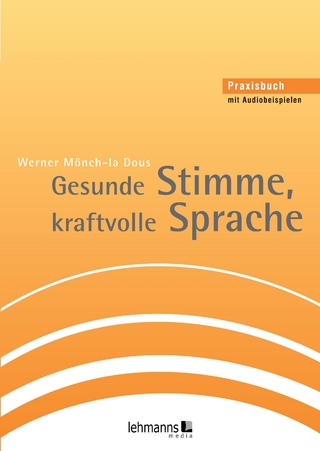
A Short Course in Teaching Reading
Pearson Education (US) (Verlag)
978-0-13-136385-4 (ISBN)
- Titel z.Zt. nicht lieferbar
- Versandkostenfrei innerhalb Deutschlands
- Auch auf Rechnung
- Verfügbarkeit in der Filiale vor Ort prüfen
- Artikel merken
Features
Part I defines the reading process, reviews recent research, and models an ESL/EFL reading course.
Part II outlines why and how to set up an extensive reading program.
Part III describes and models how to teach effective reading skills.
Part III also includes intensive reading lessons that enable students to strategically apply reading skills.
Appendices include high frequency word lists and common collocations in academic texts.
Bea Mikulecky has an MA in TESOL and a Ph.D. in Applied Psycholinguistics from Boston University. She extensively taught developmental reading in high schools and ESL reading in community colleges, where she also directed ESL programs. In addition to co-authoring the Reading Power series, Bea has trained teachers at Harvard University, Simmons College, and the Thorez Institute.
Introduction and Background
PART I: Reading and Literacy: Some Connections
What Is Reading?
What Is Literacy?
How Are Language, Culture, and Literacy Connected?
What Do Educational Researchers Recommend?
What Do ESL/EFL Students Need?
PART II: Extensive Reading
What Is Extensive Reading?
Why Is Extensive Reading Important?
What Should Students Read for Extensive Reading?
When Should Students Read Extensively?
How Can a Teacher Implement an Extensive Reading Component?
Why Is Extensive Reading So Successful?
PART III: Teaching Reading Skills
A. Rationale and Methodology
1. What Are Reading Skills?
2. Focusing on Specific Skills
3. Teaching Interactive, Skill-Focused Lessons
4. Applying the Skills in Intensive Reading Lessons
5. Notes About the Sample Exercises
6. Scheduling Activities in Your Reading Class
B: Activating Background Knowledge and Conceptual Frameworks
1. Previewing
2. Predicting
3. Skimming
C. Developing Reading Fluency: Learning Not to Read Every Word
1. Cloze Exercises
2. Scanning
3. Reading Faster
D. Improving Bottom-up Processing
1. Perceptual Skills: Recognizing English Letters and Words
2. Automatic Decoding
3. Linguistic Features and Bottom-up Processing
4. Lexical Items That Signal Textual Cohesion
5. Lexical Items That Signal Textual Organization
E. Vocabulary Building
1. Sources of Words for Vocabulary Teaching and Learning
2. Direct Instruction of Selected Vocabulary
3. Strategies for Vocabulary Building
F. Text Structure and Comprehension: Topics and Main Ideas
1. Understanding Sentences
2. Topics and Main Ideas
G. Text Structure and Comprehension: Patterns of Organization
1. Frequently Used Patterns in English
2. Four of the Easiest Patterns to Learn
3. Practice in Identifying the Four Patterns
4. Two More Difficult Patterns to Learn
H. Strategic Reading and Study Skills
1. Reading Longer Passages
2. Summarizing
3. Study Reading
4. Critical Reading
Appendix I — Further discussion of selected topics mentioned in the book
Appendix II — Phonemes and their spelling
Appendix III - High frequency word lists
Appendix IV: Table of common collocations in academic texts
Appendix V — Answer key for selected skills exercises
Bibliography
| Erscheint lt. Verlag | 30.6.2011 |
|---|---|
| Verlagsort | Upper Saddle River |
| Sprache | englisch |
| Maße | 210 x 276 mm |
| Gewicht | 612 g |
| Themenwelt | Schulbuch / Wörterbuch ► Erwachsenenbildung |
| Schulbuch / Wörterbuch ► Wörterbuch / Fremdsprachen | |
| Geisteswissenschaften ► Sprach- / Literaturwissenschaft ► Sprachwissenschaft | |
| ISBN-10 | 0-13-136385-9 / 0131363859 |
| ISBN-13 | 978-0-13-136385-4 / 9780131363854 |
| Zustand | Neuware |
| Haben Sie eine Frage zum Produkt? |
aus dem Bereich


